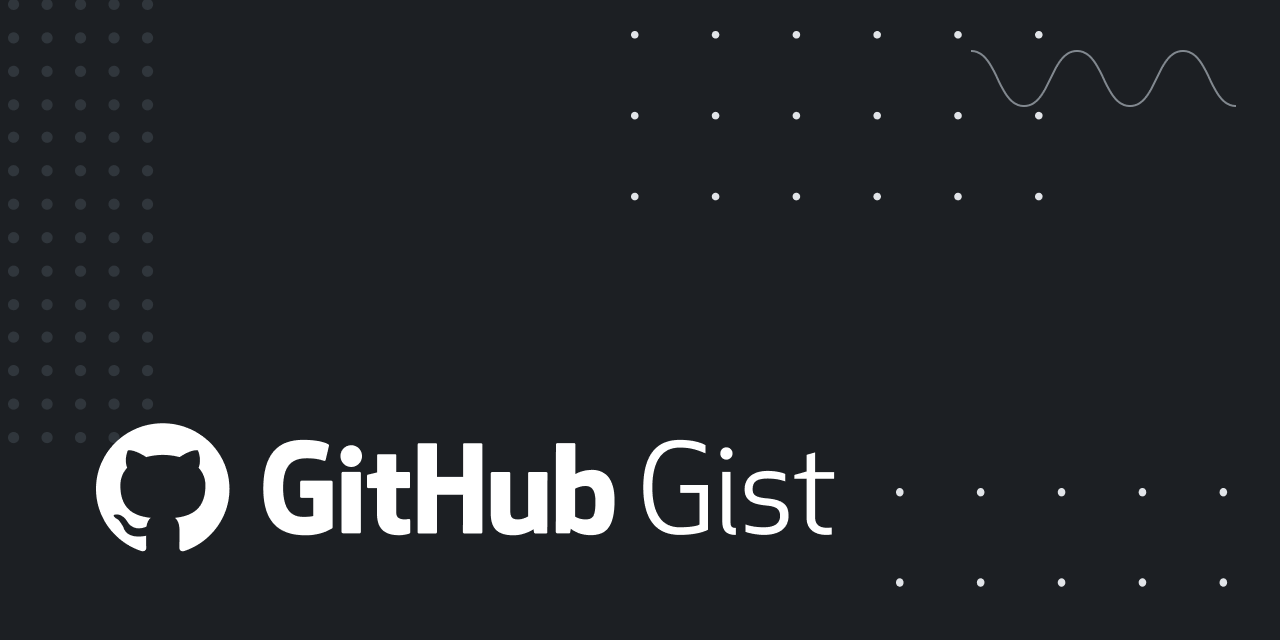Terraform AWS Region Lookup: A Quick Guide & Examples
Learn how to efficiently retrieve the current AWS region within your Terraform code for streamlined and dynamic infrastructure deployments.
Learn how to efficiently retrieve the current AWS region within your Terraform code for streamlined and dynamic infrastructure deployments.
In Terraform, managing resources across different regions is a common requirement. This guide provides practical examples and best practices for working with AWS regions in your Terraform code. You'll learn how to dynamically determine the current region, use it in resource configurations, reference resources in different regions, and avoid hardcoding region values.
Get the current region:
data "aws_region" "current" {}
output "current_region" {
value = data.aws_region.current.name
}Use the region in resource configurations:
resource "aws_instance" "example" {
ami = "ami-0c55b159bfd3830f5"
instance_type = "t2.micro"
region = data.aws_region.current.name
}Reference resources in different regions:
provider "aws" {
region = "us-west-2"
alias = "west"
}data "aws_vpc" "example" {
provider = aws.west
id = "vpc-1234567890abcdef0"
}
Avoid hardcoding regions:
AWS_REGION environment variable.Note:
This code provides examples of how to manage AWS regions in Terraform. It shows how to get the current region, use it in resource configurations, reference resources in different regions using provider aliases, and avoid hardcoding regions by using environment variables. The code includes examples for getting the current region, launching an EC2 instance in the current region, accessing a VPC in a different region, and using environment variables to specify the region. Remember to replace placeholder values with your actual values and ensure necessary permissions.
This code demonstrates the concepts outlined in the article:
1. Get the current region:
# Get the current AWS region
data "aws_region" "current" {}
# Output the current region
output "current_region" {
value = data.aws_region.current.name
}2. Use the region in resource configurations:
# Launch an EC2 instance in the current region
resource "aws_instance" "example" {
ami = "ami-0c55b159bfd3830f5" # Replace with a valid AMI ID for your region
instance_type = "t2.micro"
region = data.aws_region.current.name
}3. Reference resources in different regions:
# Define a provider alias for us-west-2
provider "aws" {
region = "us-west-2"
alias = "west"
}
# Access a VPC in us-west-2 using the alias
data "aws_vpc" "example" {
provider = aws.west
id = "vpc-1234567890abcdef0" # Replace with a valid VPC ID
}4. Avoid hardcoding regions (using environment variables):
# Assuming AWS_REGION environment variable is set
resource "aws_instance" "example" {
ami = "ami-0c55b159bfd3830f5" # Replace with a valid AMI ID for your region
instance_type = "t2.micro"
region = var.aws_region
}
variable "aws_region" {
type = string
default = env("AWS_REGION")
}Note:
aws_region resource is actually a data source, meaning it fetches information about your AWS environment rather than directly creating or modifying resources.data.aws_region.current.name instead of hardcoding regions makes your Terraform code more portable and reusable across different AWS environments.-var="aws_region=your-region" to dynamically set the region when running Terraform.This article outlines best practices for managing AWS regions in your Terraform code:
Key Takeaways:
data "aws_region" "current" {} to fetch the currently configured AWS region, promoting code reusability.output "current_region") and reference it when configuring resources like aws_instance.provider "aws" { alias = "west" region = "us-west-2" }) to manage resources in different regions within the same Terraform code.AWS_REGION) or AWS profiles for flexibility.By following these practices, you can write more adaptable and maintainable Terraform code for managing your AWS infrastructure across different regions.
By understanding and implementing these practices, you can leverage Terraform's capabilities to effectively manage your AWS infrastructure across multiple regions, ensuring flexibility, maintainability, and scalability for your deployments. Remember to adapt the provided code snippets to your specific requirements and always prioritize security and best practices when working with multi-region architectures.
 Get VPC id, which is in different region - AWS - HashiCorp Discuss | Hello, I’ve created a vpc peering and I would like to ask, is it possible to get vpc_id which is located in different region? I would like to avoid hardcoding in .tf file(s) – Scenario is simple: Peering is multi regional Peering requester location eu-west-1 Peering accepter location eu-west-2 Both in the same account
Get VPC id, which is in different region - AWS - HashiCorp Discuss | Hello, I’ve created a vpc peering and I would like to ask, is it possible to get vpc_id which is located in different region? I would like to avoid hardcoding in .tf file(s) – Scenario is simple: Peering is multi regional Peering requester location eu-west-1 Peering accepter location eu-west-2 Both in the same account Referencing existing resources in Terraform-CDK - CDK for ... | Hi! I’m just getting started and was wondering if it’s possible to reference existing AWS resources with cdktf. I’m using Python and could easily lookup resources with boto3, but I think it would be helpful if cdktf supported lookups of existing resources itself. For instance, let’s say I’m creating an RDS cluster - I need to pass in subnets, security groups, etc - most of which I already have created. It would be nice to look those up dynamically using cdktf itself - I think it would also hel...
Referencing existing resources in Terraform-CDK - CDK for ... | Hi! I’m just getting started and was wondering if it’s possible to reference existing AWS resources with cdktf. I’m using Python and could easily lookup resources with boto3, but I think it would be helpful if cdktf supported lookups of existing resources itself. For instance, let’s say I’m creating an RDS cluster - I need to pass in subnets, security groups, etc - most of which I already have created. It would be nice to look those up dynamically using cdktf itself - I think it would also hel... terraform data account_id and region · GitHub | terraform data account_id and region. GitHub Gist: instantly share code, notes, and snippets.
terraform data account_id and region · GitHub | terraform data account_id and region. GitHub Gist: instantly share code, notes, and snippets. Stop using Terraform remote state blocks! | by Jonathan Hosmer ... | How we got rid of remote state lookups and made our Terraform multi-region aware
Stop using Terraform remote state blocks! | by Jonathan Hosmer ... | How we got rid of remote state lookups and made our Terraform multi-region aware Find an AMI that meets the requirements for your EC2 instance ... | AMI IDs are unique to each AWS Region. From the console dashboard, choose Launch instance. Under Application and OS Images (Amazon Machine Image), choose Quick ...
Find an AMI that meets the requirements for your EC2 instance ... | AMI IDs are unique to each AWS Region. From the console dashboard, choose Launch instance. Under Application and OS Images (Amazon Machine Image), choose Quick ... Terraform in AWS: use AMI Names not IDs - and is Terraform the ... | Jun 6, 2020 ... Lots of helpful web pages will point you at the Cannonical lookup page where you can easily find these. ... aws ec2 describe-images --region us- ...
Terraform in AWS: use AMI Names not IDs - and is Terraform the ... | Jun 6, 2020 ... Lots of helpful web pages will point you at the Cannonical lookup page where you can easily find these. ... aws ec2 describe-images --region us- ...